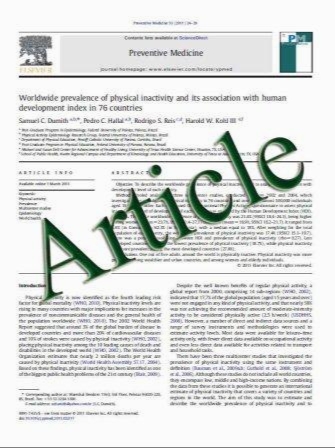Understanding the Significance, Reasons and Patterns of Abnormal Vital Signs after Gastric Bypass for Morbid Obesity
- نوع فایل : کتاب
- زبان : انگلیسی
- مؤلف : Omar Bellorin & Abraham Abdemur & Iswanto Sucandy & Samuel Szomstein & Raul J. Rosenthal
- چاپ و سال / کشور: 2010
Description
Anastomotic leaks and bleeding are the two most feared major complications in patients undergoing laparoscopic gastric bypass (LRYGB). This study was designed to evaluate if there is a clinical correlation between abnormal vital signs and postoperative leaks and bleeding. After IRB approval and adherence to HIPAA guidelines, a retrospective review of medical records was performed on 518 patients who underwent LRYGB between October 2002 and October 2006. Vital signs from each patient were monitored hourly. Eight patients out of 518 (1.54%) were discovered to have anastomotic leak. A marked increase in heart rate up to 120 bpm at 20 h after surgery occurred in five of eight patients (62.5%). Of the eight patients who had a leak, seven (87.5%) experienced sustained tachycardia above 120 bpm. On the other hand, 20 patients out of 518 (3.86%) were discovered to have postoperative bleeding. A gradual rather than a dramatic increase in heart rate was recorded in 17 of 20 patients (85%) starting 8 h after surgery. Five patients (25%) had unsustained tachycardia above 120 bpm. Twelve patients in this group (60%) were seen to have cyclical tachycardia that never exceeded 120 bpm at any point during hospitalization. Marginal hypotension was found in seven patients (35%) in this group. Sustained tachycardia with a heart rate exceeding 120 bpm appears to be an indicator of anastomotic leak. Tachycardia less than 120 bpm that has occurred in a cyclical pattern strongly pointed toward postoperative bleeding. Anastomotic leaks and bleeding are the two most feared major complications in patients undergoing LRYGB. This study was designed to evaluate if there is a clinical correlation between abnormal vital signs and postoperative leaks and bleeding.
OBES SURG (2011) 21:707–713 DOI 10.1007/s11695-010-0221-0 Published online: 26 June 2010


